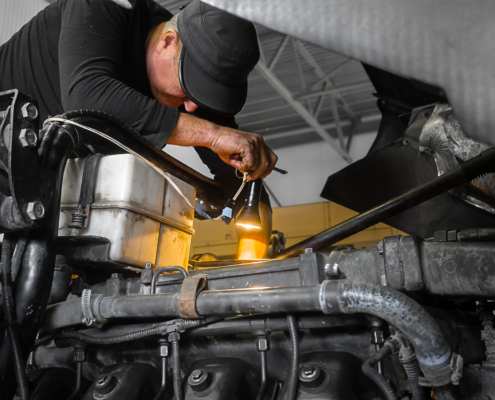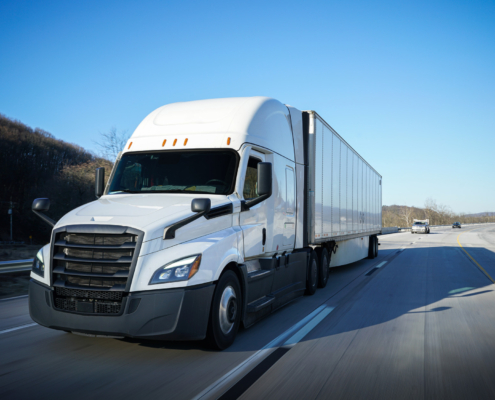Applying Accurate System Sizing Through Quality Tank Truck Services
For fleet managers and equipment supervisors, proper sizing affects everything from the efficiency of hydraulic wet kits to the longevity of truck components. This guide covers the main factors to consider when choosing the right tank truck system, including gallons per minute (GPM), pressure (PSI), application requirements, and specific truck details.












